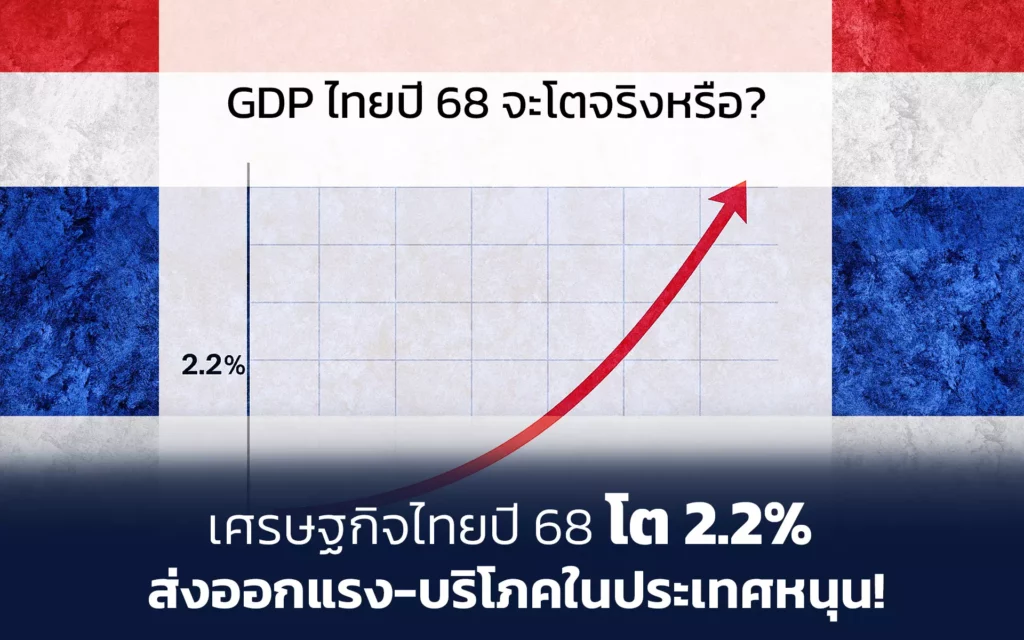



The latest estimates suggest the Thai economy is expected to expand by 2.2% per year in 2025, up from the previous 2.1% forecast and in line with international organizations' upward revisions to 2% from 1.8%, while the global economy is expected to grow by 3% overall.
What are the main drivers of the Thai economy this year?
Private investment is clearly recovering – new projects exceed 1 trillion baht
– Private sector investment is expected to grow by 3.0% (from just 0.4%), reflecting confidence in production and exports.
– In the first half of the year, there were 1,880 projects requesting investment promotion, worth more than 1 trillion baht.
The government is moving forward with a budget of 157 billion baht.
– Government investment is expected to grow by 3.9% and government consumption by 1.2%.
– More than 115 billion baht has been allocated to infrastructure, tourism, community economy, and export impact mitigation plans.
Low inflation – current account surplus
– The general inflation rate this year is expected to be 0.4%.
– The current account balance is expected to register a surplus of US$14.6 billion, or 2.9% of GDP.
The United States is preparing to adjust import tariffs. Thailand may receive a 15-36% waiver.
– Thailand is likely to join the US Reciprocal Tariffs agreement in Q3 this year.
– It is expected that Thailand may receive a tax rate between 15%–36%, with a maximum ceiling unlikely to be exceeded.
– Special low-interest loans are being pushed to help SMEs exporting to the US.
The impact of the Thai-Cambodian border is ‘limited’.
– Border trade value with Cambodia accounts for only 1.4% of total trade.
– The main destinations for most foreign tourists are far from conflict areas.
The relief measures already issued include:
Issues to closely monitor in the second half of the year
Source of information: Bangkok Business